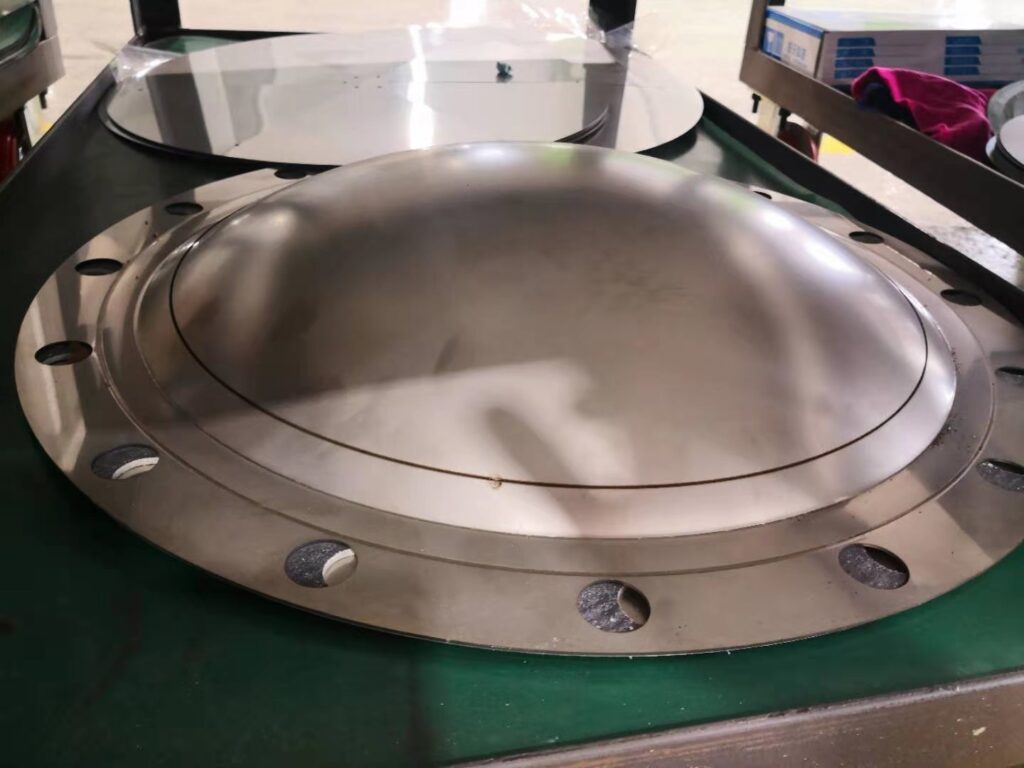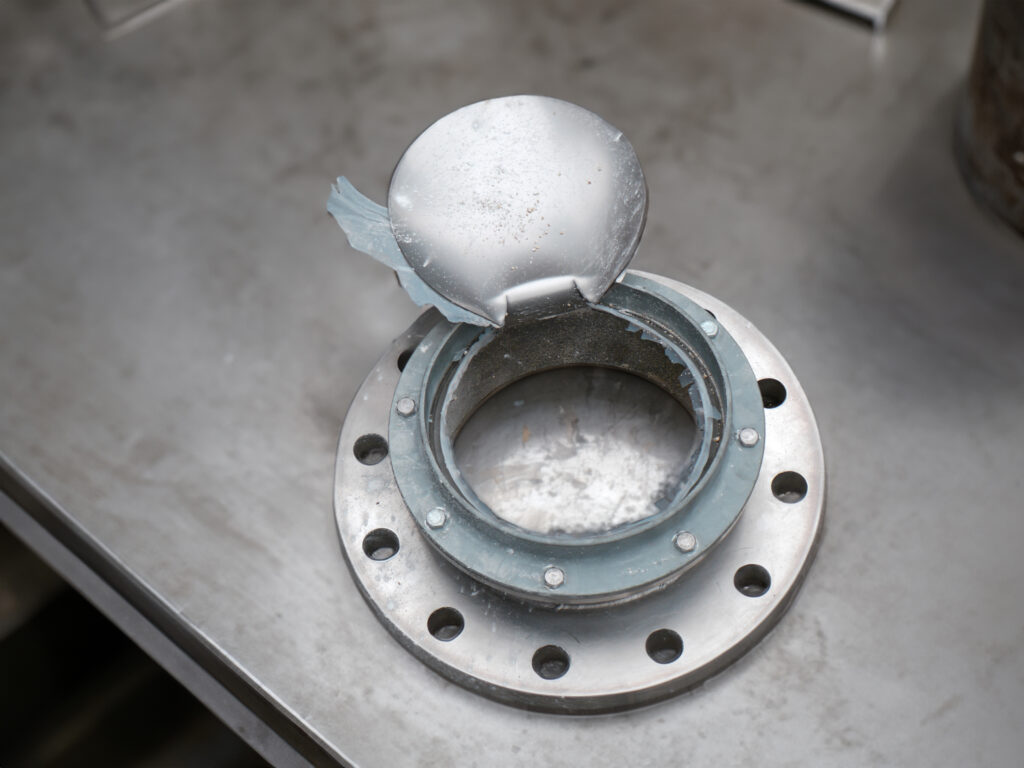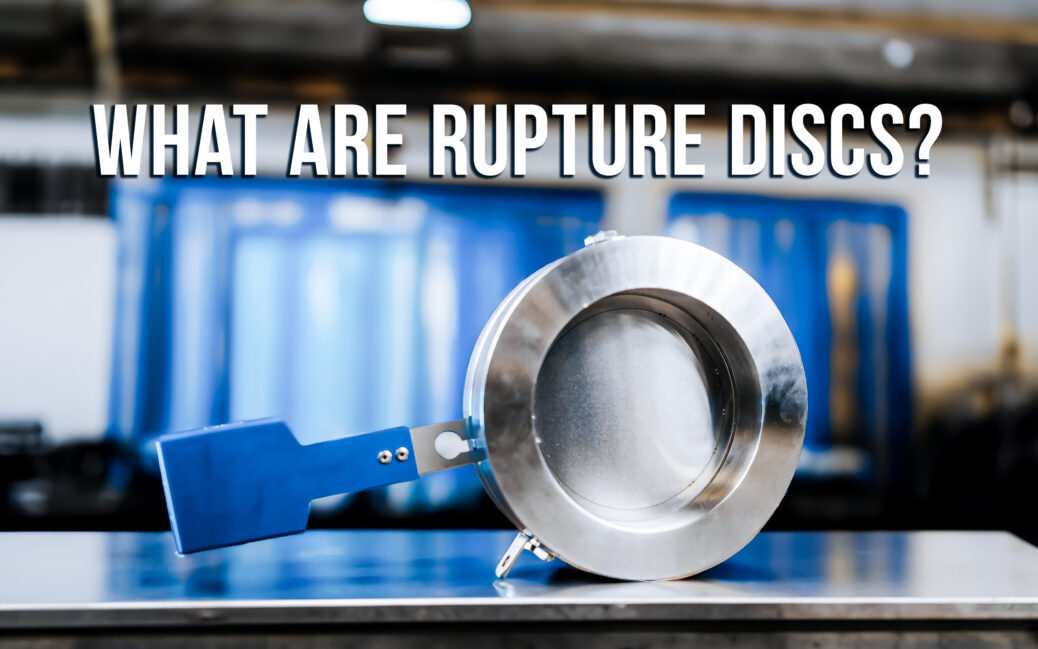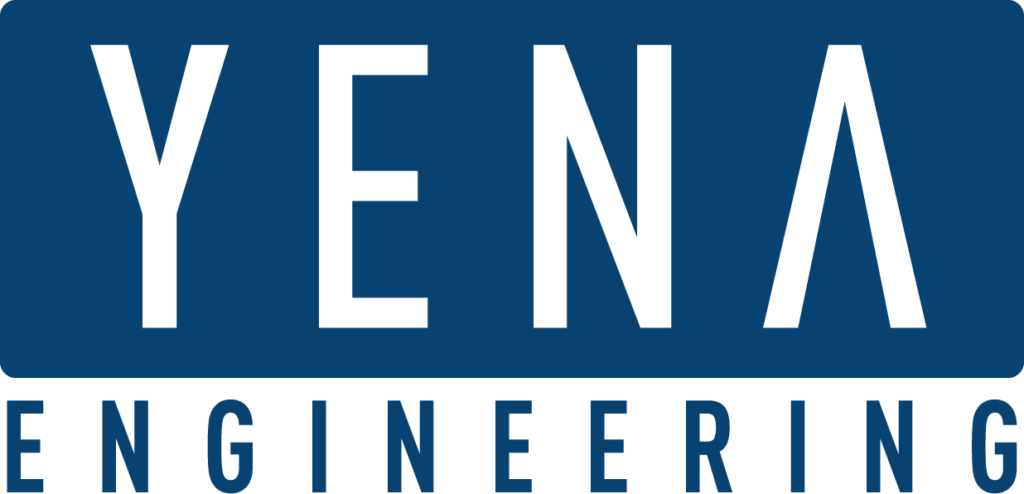Rupture discs, also known as burst discs or pressure safety discs, are indispensable components of modern industrial safety systems. These devices are engineered to act as a fail-safe mechanism by rupturing at a predetermined pressure level, providing a swift path for pressurized fluids or gases to escape.
This critical function prevents equipment failure, safeguards personnel, and ensures operational safety across a myriad of industries by mitigating the risks associated with excessive pressure buildup. The essence of this article is to demystify rupture discs, exploring their various types, applications, and the significant role they play in enhancing industrial safety protocols.
Types of Rupture Discs
The technology behind rupture discs has evolved, leading to the development of various types tailored to specific industrial needs. The two main categories are graphite and metal rupture discs, each with unique characteristics and applications.
- Graphite vs. Metal Rupture Discs: Graphite discs shine in environments with corrosive substances, offering unparalleled corrosion resistance ideal for chemical processing. Their capability to withstand harsh chemicals ensures longevity in aggressive environments. Conversely, metal discs, crafted from materials like stainless steel, embody versatility. Their robustness across a spectrum of temperatures and pressures, alongside notable tensile strength, renders them essential in sectors from pharmaceuticals to aerospace.
- Forward-acting vs. Reverse-acting Rupture Discs: Forward-acting discs, designed to burst outward upon pressure exceedance, suit lower pressure settings with their simplicity and precision. Reverse-acting discs, however, are tailored for higher backpressure resilience, bulging towards the pressure source before rupture. This construction is preferred for its durability in demanding scenarios, such as oil and gas processing, where robust pressure relief solutions are paramount.

When are Rupture Discs Used?
Rupture discs find their place in a multitude of industries, including chemical, pharmaceutical, oil and gas, where the risk of overpressure conditions is prevalent.
- Industries and Applications: From chemical to pharmaceutical and oil and gas sectors, rupture discs are indispensable. They prevent equipment failure in chemical manufacturing, maintain process integrity in pharmaceuticals, and avert potential disasters in oil and gas operations.
- Protection Against Overpressure: Serving as a fail-safe, rupture discs relieve dangerous pressure build-ups efficiently, averting equipment damage, environmental hazards, and safety threats. This critical role underscores their importance in maintaining operational safety and environmental stewardship across key industries.
How to Use Rupture Discs
Proper installation, integration, and maintenance of rupture discs are paramount for their effective operation.
- Precision Installation: The correct installation of a rupture disc is not just about placing it between flanges. It requires precise alignment and accurate torque application, adhering to the manufacturer’s specifications. A common oversight is uneven torque distribution, which can induce stress points on the disc, leading to premature failure. Use a calibrated torque wrench and follow a star pattern when tightening bolts for uniform pressure distribution.
- Routine Maintenance Checks: The integrity of a rupture disc can be compromised by factors such as corrosion, wear, and environmental exposure. Regular inspections are vital, with a focus on identifying signs of deterioration such as discoloration, pitting, or metal fatigue. Implementing a scheduled maintenance program allows for the early detection of potential issues, reducing the risk of unexpected failures. Ensure that maintenance personnel are trained to recognize the subtleties of disc wear and damage.

Selecting the Right Rupture Disc
Selecting an appropriate rupture disc involves considering several critical factors:
- Material Compatibility: The choice of disc material is crucial, as it must withstand the chemical properties of the process medium without degrading. For instance, stainless steel discs offer robust performance in a wide range of applications, but in environments with high concentrations of chlorides, a more corrosion-resistant alloy like Hastelloy or Inconel may be necessary. For highly corrosive mediums, fluoropolymer-coated discs or pure graphite discs may offer the best resistance.
- Adapting to Operating Conditions: The operating environment of a rupture disc extends beyond simple temperature and pressure considerations. Thermal cycling, system vibrations, and pulsation can all affect disc longevity and performance. For high-temperature applications, discs with special coatings or materials that can withstand thermal expansion without loss of integrity are recommended. Furthermore, understanding the dynamic behavior of the system helps in selecting a disc that can handle cyclic pressures and temperatures without fatigue failure.
- Burst Pressure Precision and Response Dynamics: Selecting a rupture disc with the correct burst pressure is a balancing act. It must be low enough to protect the system but high enough to avoid nuisance trips during normal fluctuations. A margin of safety is typically added to the maximum operating pressure to define the burst pressure. The disc’s response time is also critical, especially in rapidly escalating scenarios. Some discs are designed to open instantaneously at their rated burst pressure, while others may have a slight delay, intended to prevent premature rupture due to temporary spikes.
Conclusion
Rupture discs play an indispensable role in industrial safety, offering a simple yet effective solution to manage overpressure conditions. Their proper selection, installation, and maintenance are critical to ensuring the safety and efficiency of industrial operations.
For expert insights on pressurized products, YENA Engineering is your go-to resource. Contact us to enhance your projects.
CHECK OUR OTHER RELATED ARTICLES
Pressure Vessels – Everything you need to know
ASME Stamp and Its Importance for Pressure Vessels
Why Pressure Vessel Testing is necessary?
Pressure Vessel Design
Pressure Vessel Supplier: Everything You Need to Know



